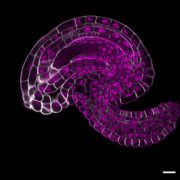
Protocol for rapid clearing and staining of fixed Arabidopsis ovules for improved imaging by confocal laser scanning microscopy (Plant Methods)
Plant Science Research WeeklyThis is a very interesting paper that provide a new, fast and easy protocol, with specific step-by-step instructions, for a trustworthy imaging with cellular resolution of fixed Arabidopsis ovules at different developmental stages. The authors combine two previously outlined techniques: clearing of fixed…
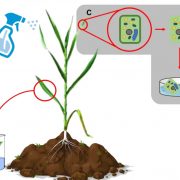
Gene-editing in somatic cells can be achieved by spray-on of carbon dots (bioRxiv)
Plant Science Research WeeklyIt’s known to all that plant biotechnology can enhance food security, but there are also inevitable disadvantages of these new approaches. At present, introducing DNA into a plant genome is slow and expensive. Recently, Doyle et al. developed a new method which claims to be simple, inexpensive, fast,…
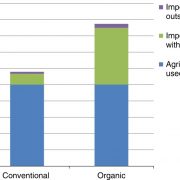
The greenhouse gas impacts of converting food production in England and Wales to organic methods (Nature Comms)
Plant Science Research WeeklyMany discussions about organic food production are dominated by dogma rather than pragmatism. Nevertheless, here’s a useful report that examines the impact of organic farming methods in England and Wales on greenhouse gas (GHG) emissions. Are the well-documented lower yields offset by differences in…

Plant Science Research Weekly: November 8
Blog, WWR Full PostReview: Exchange of small regulatory RNAs between plants and their pests
Trans-species small RNAs are the latest class in the family of signals that move between plants and their attackers. Hudzik et al. review this topic, covering small RNAs that move from plant to pest and from pest to plant. The…
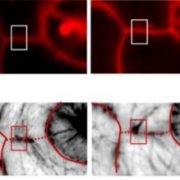
Seeing the Cell Wall in a New Light
Plant Physiology, Plant Physiology: News and Views, ResearchSidney L. Shaw
Dept. of Biology (and Physics), Indiana University, Bloomington, IN 47405
[email protected]
How cell expansion is controlled to achieve a specific cell morphology remains one of the frontier questions in plant biology. The carefully guided extension of the plant…

Orange Is the New Green: Arabidopsis ORANGE Represses Chloroplast Biogenesis
Research, The Plant Cell, The Plant Cell: In BriefChloroplast development in germinating seedlings initiates upon illumination. Whereas chloroplasts in true leaves develop directly from proplastids, chloroplasts in cotyledons of dark-grown seedlings develop from an intermediate type of plastid called an etioplast. During development, etioplasts accumulate…
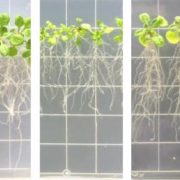
Buffering lipid synthesis by conditional inhibition
Plant Physiology, Plant Physiology: News and Views, ResearchAuthor:
Trevor H. Yeats, Email: [email protected]
Plant Breeding & Genetics Section, School of Integrative Plant Science, Cornell University, Ithaca NY USA
(Commentary on Liu et al.)
Lipid synthesis is a ubiquitous, but costly branch of primary metabolism in plants. All cells must make…

How Top Scientists Use Twitter to Support their Research
Blog, Plantae Webinars, Science Communication0 Comments
/
How Top Scientists Use Twitter to Support their Research
Recorded November 7, 2019
Scientists are increasingly using social media as vehicles via which to communicate with other scientists and with the public. Social media platforms also provide excellent opportunities to build professional networks,…

ADP Ribosylation: The Modification Causing a Disease Resistance Sensation
Research, The Plant Cell, The Plant Cell: In BriefOne of the key aspects of pathogenesis is the ability to sabotage host defenses and, to this end, plant pathogens produce a remarkable set of effector proteins that target host defenses at multiple levels. Plants, in turn, have defenses to counteract these effectors; one key aspect of this is the ability…

